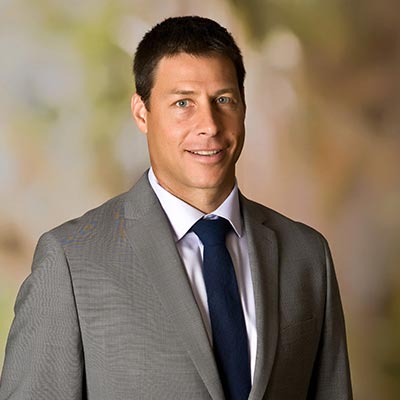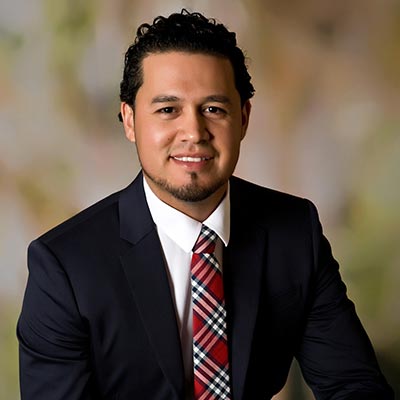
During the summer of 2014, Sr. Ecologist, David W. Ceilley was co-investigator on a research grant from the Florida Department of Agriculture and Consumer Services to Florida Gulf Coast University (FGCU) for “Measuring the fate and non-target impacts of Dibrom™ using aerial ultra low volume (ULV) spray technology in mangrove and open marsh wetlands”. The research team also included Edwin M. Everham, III, Ph.D., Talal El-Hefnawy, M.D., Ph.D., Jonathan Hornby, Ph.D., Neil Wilkinson, Katherine Nelson, and Rachel Morreale. Several undergraduate student employees and employees of the Lee County Mosquito Control District also assisted with this research project conducted in Lee County preserves.
This study looked at the impacts of adult mosquito control spray on honey bees, peacock butterflies, and hundreds of non-target insect species by comparing sprayed wetland sites and non-sprayed (control) wetland sites before and after a single nighttime aerial spray event.
The study showed that low altitude ULV spraying of Dibrom™ takes about an hour to reach the ground with a potential to drift for a mile or more depending on wind speed. Residues of Dibrom™ and its degradation product dichlorvos, may remain on the surface of plant leaves and on water for several hours before evaporating.
The research team found temporary but significant changes to insect communities after the spray event and an increased mortality of honey bees. Peacock butterflies also showed increased mortality but results were inconclusive as to the cause. Lab experiments by Dr. El-Hefnawy with fruit flies showed 100% mortality in 20 hours at dosage rates of less than 1.0 part per million. Additional studies are needed to identify any possible long term effects on non-target organisms.
The results of this study on the mosquito adulticide Dibromtm fate and impacts on non-target species can be used to address concerns of the effects on endangered species, mangrove and marsh wetlands, and may help redefine mosquito adulticide exposure levels. These findings may also influence management decisions regarding mosquito control, particularly in public wetlands and preserve areas.
The study would not have been possible without the full support and cooperation of Lee County Mosquito control and Lee County 20/20 program.The full 175 page report is available from FGCU or Johnson Engineering. For more information on this research study, contact David Ceilley at [email protected].

































































